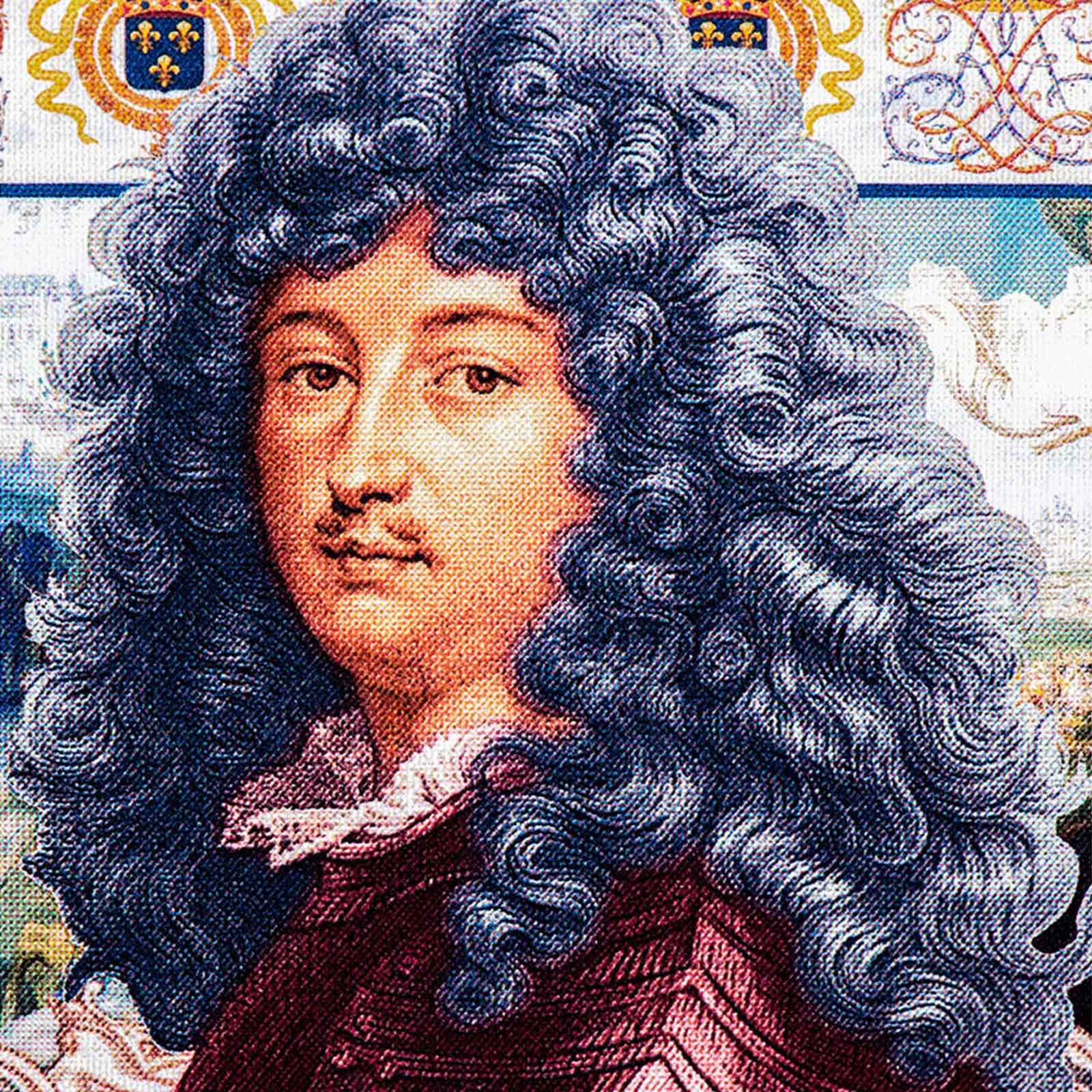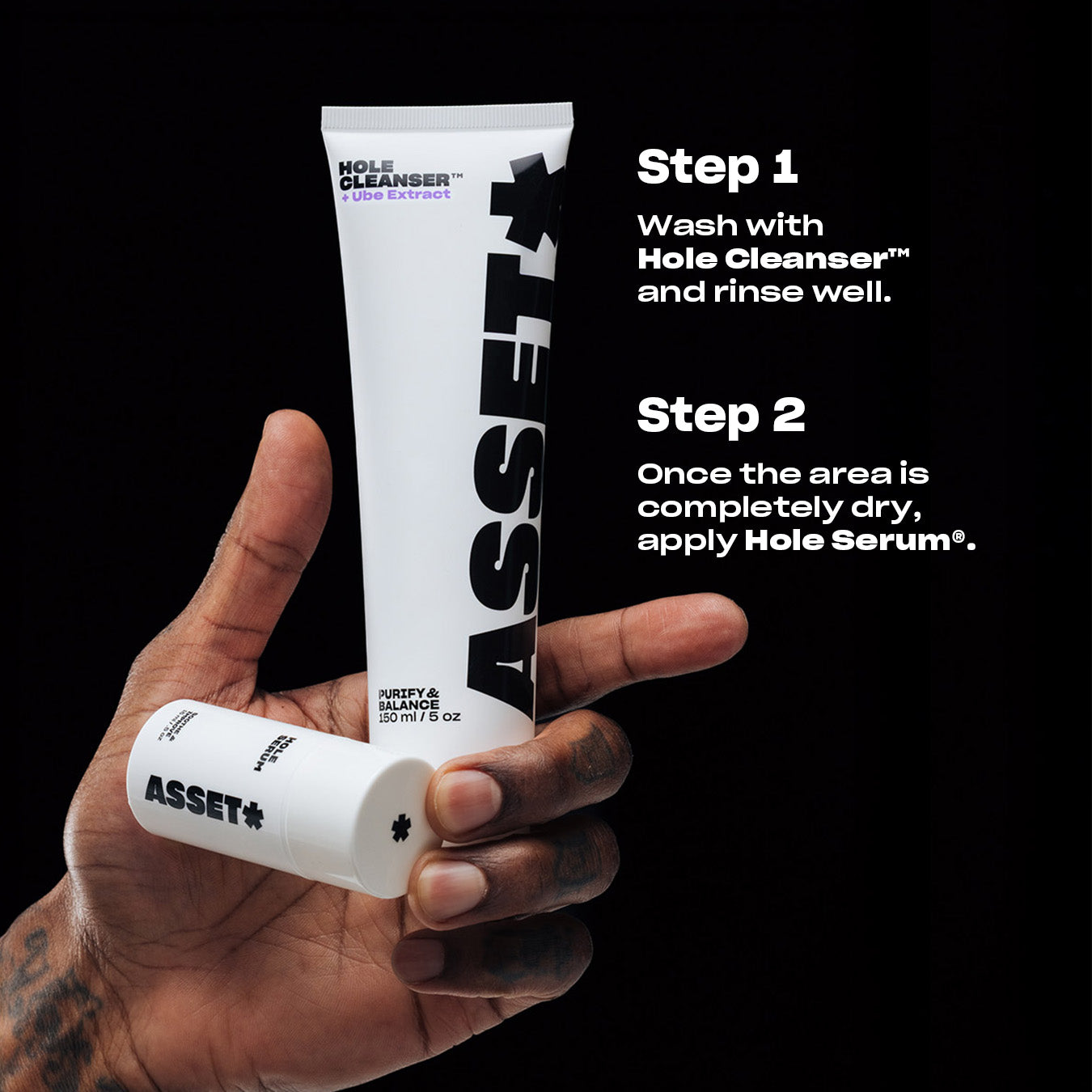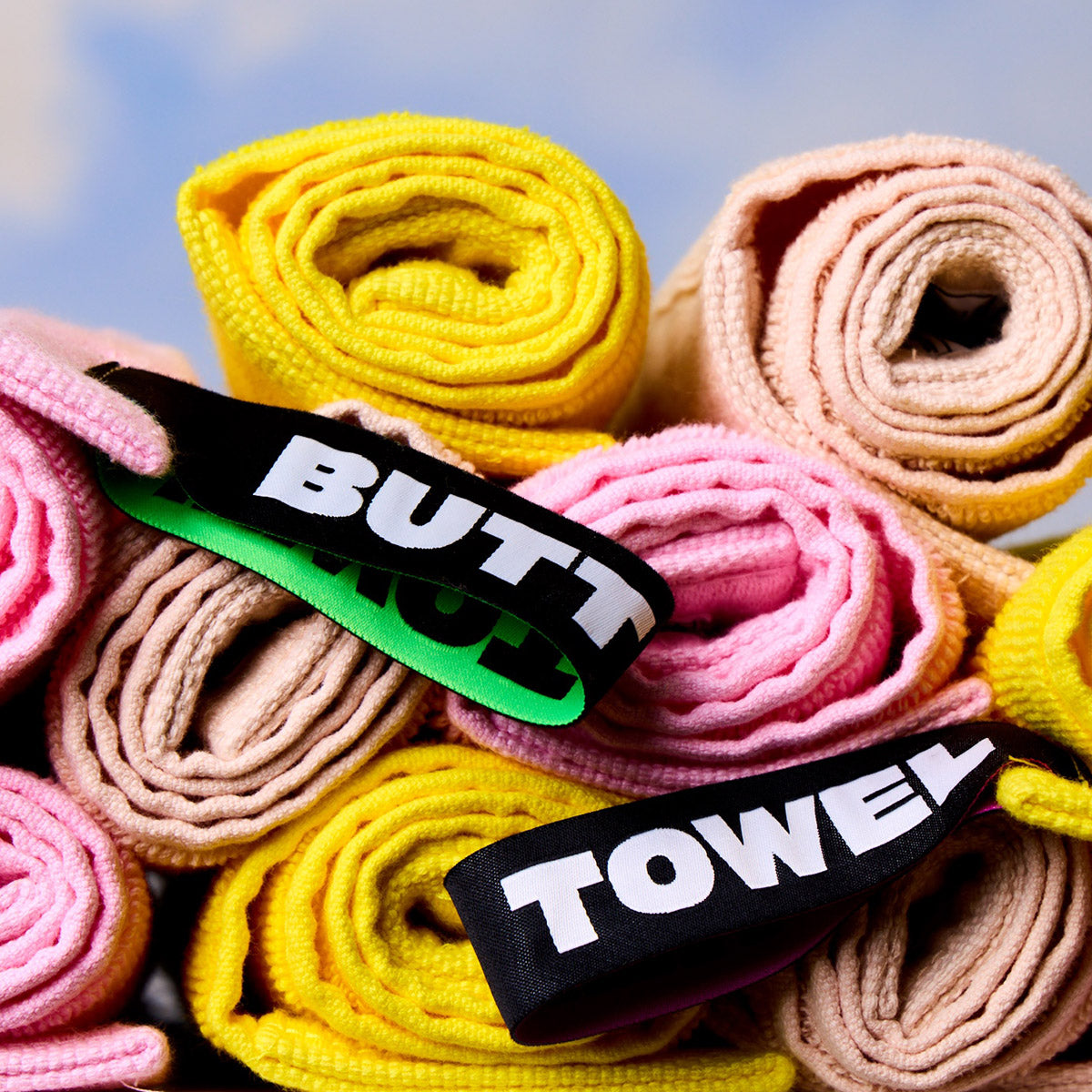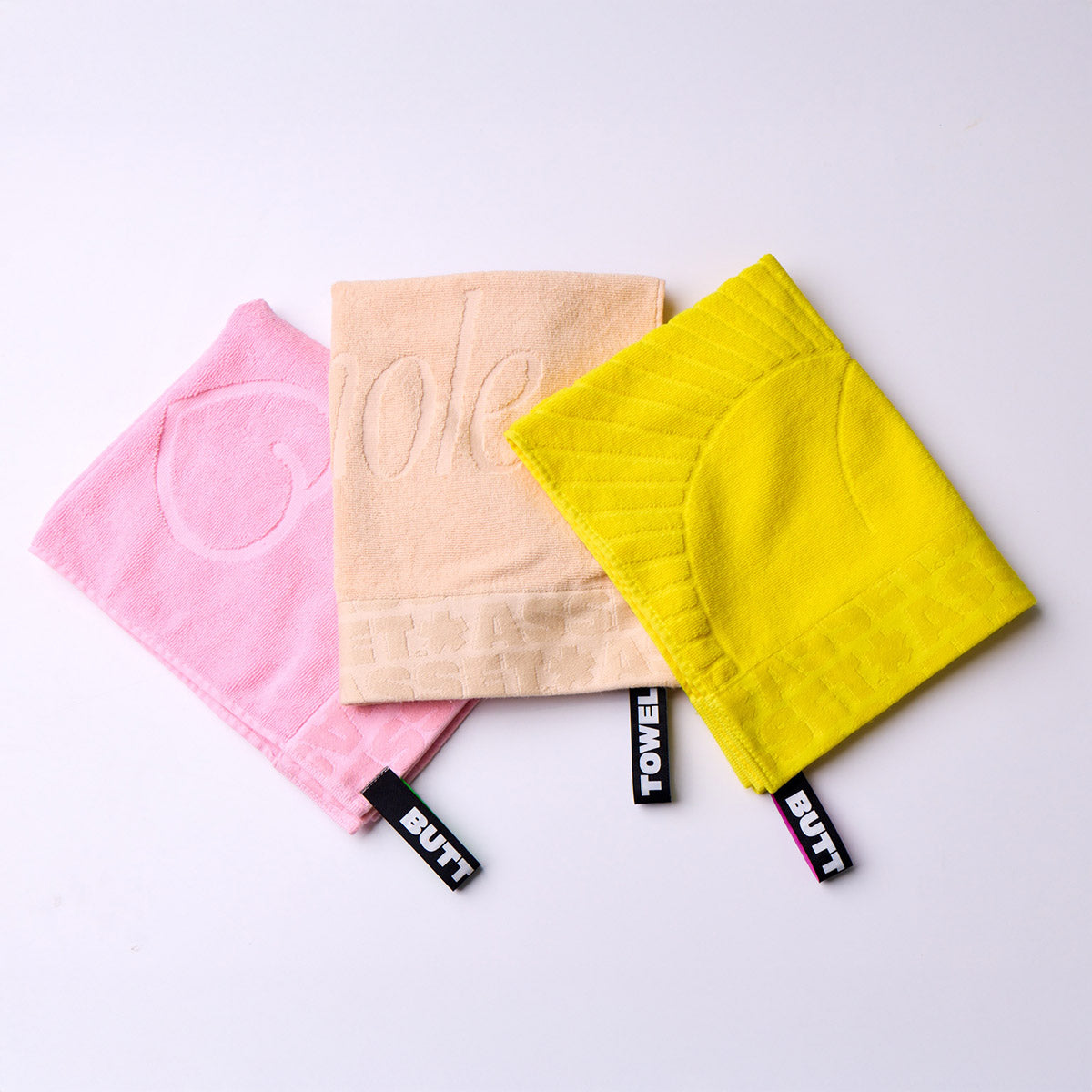
Backstories: The Year Of The Fistula
During King Louis XIV's 72-year reign, he elevated France into a global force, created haute couture, and made architectural history with his humble Palace of Versailles. But one facet of Louis XIV's legacy has nearly faded from history. A butt-shaped facet.
In 1685, Louis XIV started experiencing a mysterious pain down below. Doctors tried everything in their medicine bags—at the time, this primarily meant blood-letting or laxatives—nothing worked. He was diagnosed with an anal fistula, which is an infected cavity between the anus and the skin, usually resulting from an infection or abscess near the anus. (Likely worsened by the blood-letting and laxatives).
Months passed, and the pain compounded. He was willing to try anything—even a surgeon. At this point in history, surgeons were not considered medical authorities. They were equivalent to barbers. But Louis XIV couldn’t sit down from the pain. And surgeon Charles-Français Félix de Tassy had an idea.
After testing out various instruments on some unfortunate test subjects, Félix de Tassy honed a custom tool for a precise incision. An operation was scheduled on November 18, 1686, in the royal bedchamber.
About 3 hours later, Louis XIV was declared fistula-free and in recovery. The surgery became the talk of the town; fistulas were trending. Another surgeon of that era is recorded to have stated that some patients came in asking for the operation who didn’t even have a fistula. The court coined 1686 “L’anne de la Fistule,” the Year of the Fistule.
While it may have resulted in an unnecessary probe or two, the public interest in this whole anal affair helped establish surgery as a legitimate medical discipline. And marked an iconic moment in the history of butts.









